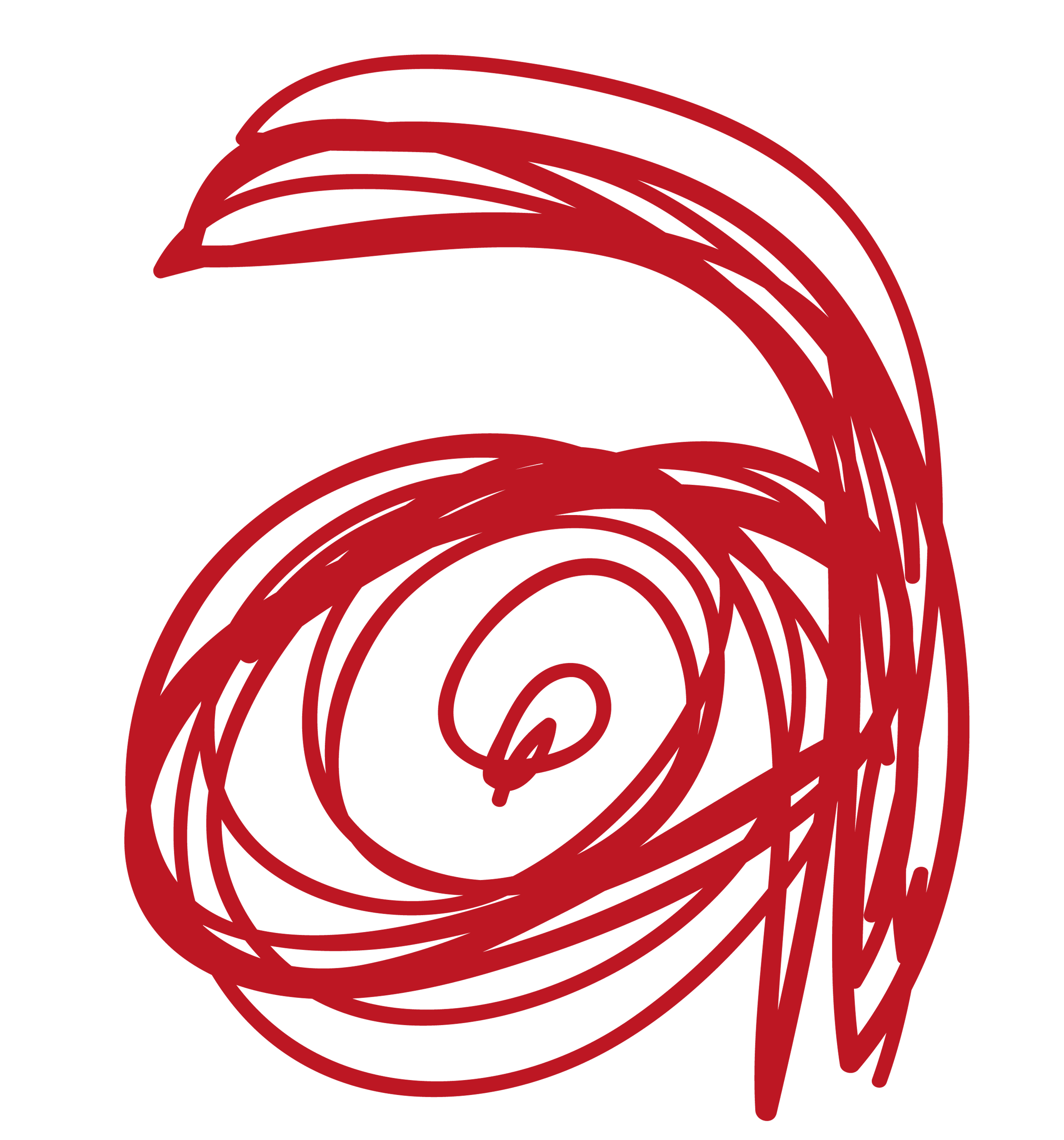Aisha Alabbar Gallery is delighted to start the new year with In Search of Eden by Bénédicte Gimonnet. In her first solo exhibition at the gallery, the UAE-based French painter creates new imaginative environments where, like an idealistic idiom of multiculturalism, difference literally grows and feeds from each other. It’s the antonym for “garden variety” – an Eden that necessarily embodies diversity, and Bénédicte gathers disparate material and conceptual elements together.
Plants are the protagonists of her work. The artist emphasises what grows from the land is metonymic, or a carrier, for the emotions and conditions experienced by other living beings. Nature has undoubtedly framed the artist’s life. As a young child, she was raised by a single mother in Auvergne, France after the latter’s separation with her Peruvian father, and consequently having to leave behind the two years they had spent living in Peru. Bénédicte’s mother urged her to forget this side of her roots, leaving a soil-like residue of loss that has continued to reverberate up until now in the older artist’s practice. Amid decades in France, then the UK, and now the UAE, those brief yet intensely vivid memories of Latin America have lived on in symbols of plants in Bénédicte’s work.
The genesis of this series goes back to the onset of the pandemic in 2020, when the UAE went into lockdown. Bénédicte was deprived of her usual creative comforts and inspirations: walking and trekking in nature, and of course travelling. With memories from a last trip to Seychelles still fresh in her mind, she dove into her subsequently triggered memories of Peru’s plants and forests, letting them go on some aluminium panels she still had in her studio. The free-flowing landscapes, oozing a heady sense of abandonment and escape, offered her familiar “bursts of freedom” during quarantine. The series continues to grow even now showing no signs of stopping. Multiple ink drawings have flowered within and outside of the paintings, more intricate and immersive by the day. Some of these are black and white, like the construction drafts of a new paradise. Or architectural prints of utopia. To achieve fresher depths for her plant subjects, Bénédicte is also constantly trying out new juxtapositions of “unmixable materials”, like oil and vinegar, taking notes with the erudite taxonomy of a botanist. Bénédicte uses vibrant, often tropical colours, drawing on her sound knowledge of colour theory to build rhythmic contrasts on canvas, wood, and aluminum surfaces. Through years of experimentation, the artist has mastered methods of layering different consistencies of paints and mediums. She allows mixtures to spread, interact, and settle within controlled spaces. The un-mixable nature of these substances creates geometric motifs that result from layering acrylic and oil-based paints, as well as textures that are sometimes smooth and reflective through the use of vitrail or rugged by applying layers of enamel to paints.
For Bénédicte, Eden represents a place of refuge and solace where she can recharge her batteries and reconnect with herself. But it is also symbolic of the lost paradise of her Peruvian childhood, a root that she had to keep cut for a long time, but that still, like a stubborn leaf in wintry soil, persisted. It is necessary that Eden is illusory, imaginative, only really grasped through the alchemy of repeated human effort and labour and pushing. After all, the search for Eden is an instantly relatable quest – aren’t we all, as Voltaire wrote, trying to “cultivate our own garden”?


